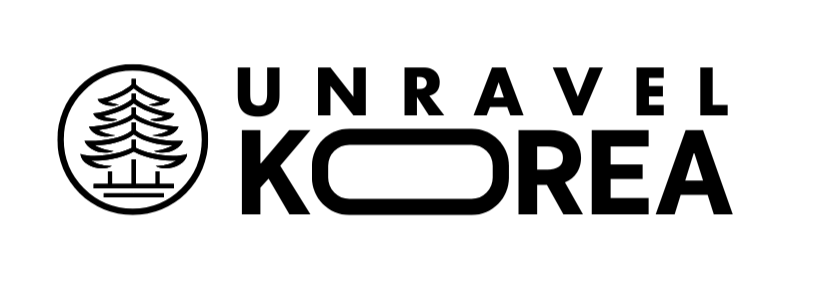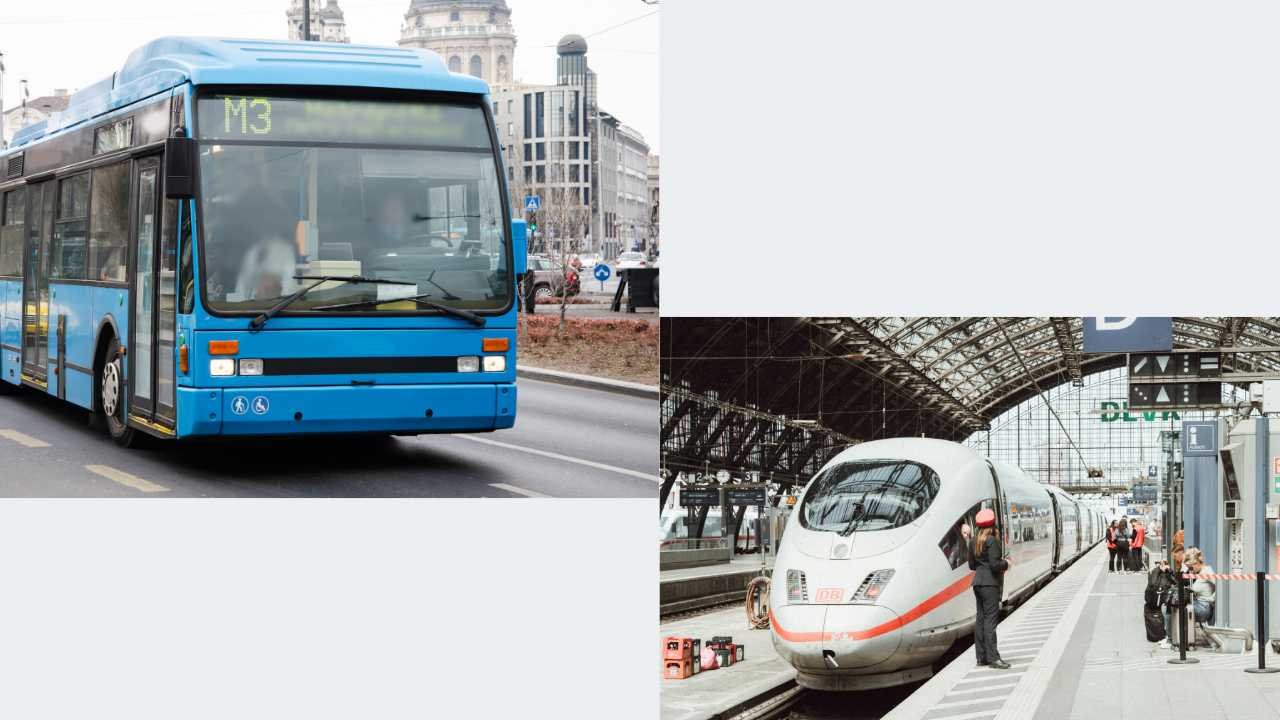South Korea has one of the most efficient and affordable transportation systems in the world. Whether you’re staying in Seoul, heading to Busan, or exploring hidden countryside gems, you’ll find plenty of options to get around.
Here’s a breakdown of the most common transportation in South Korea—and tips on which type of vehicle you should use for different distances.
Long-Distance Transportation (100+ km)
KTX (Korea Train Express) - High-Speed Rail
Best for: Intercity travel between major destinations
Distance: Long-distance routes (Seoul-Busan, Seoul-Daegu, Seoul-Gwangju) Speed: Up to 305 km/h Travel Time Examples:
- Seoul to Busan: 2.5 hours
- Seoul to Daegu: 1.5 hours
- Seoul to Gwangju: 1.5 hours
When to Choose KTX:
- Business travel requiring punctuality
- Comfort-focused travelers
- Weather-independent travel
- Routes between major cities
Pros: Extremely fast, comfortable, reliable, city center to city center
Cons: More expensive than buses, limited routes
Intercity Buses (고속버스)
Best for: Budget-conscious long-distance travel Distance: All long-distance routes throughout Korea Cost: Significantly cheaper than KTX Travel Time Examples:
- Seoul to Busan: 4-5 hours
- Seoul to Daegu: 3-4 hours
- Seoul to Jeju City: N/A (ferry or flight required)
When to Choose Intercity Bus:
- Budget travel
- Routes not served by KTX
- Flexible departure times
- Traveling to smaller cities
Pros: Affordable, extensive network, comfortable seats, frequent departures
Cons: Longer travel times, affected by traffic, less comfortable than trains
Domestic Flights
Best for: Travel to Jeju Island and distant mainland destinations Distance: Long-distance routes, especially Seoul-Jeju Popular Routes:
- Seoul (Gimpo/Incheon) to Jeju: 1.5 hours
- Seoul to Busan: 1 hour
- Seoul to Daegu: 1 hour
When to Choose Flights:
- Traveling to Jeju Island (most convenient option)
- Time-sensitive business travel
- Traveling to distant cities when time matters more than cost
Pros: Fastest option, essential for Jeju Island, frequent flights
Cons: Most expensive, airport transfer time, weather delays possible
Medium-Distance Transportation (20-100 km)
ITX Trains (Intercity Express)
Best for: Suburban and regional connections Distance: Medium-distance routes from Seoul to surrounding areas Popular Routes:
- Seoul to Chuncheon: 1 hour
- Seoul to Gapyeong (Nami Island area): 1 hour
- Yongsan to Paju: 1 hour
When to Choose ITX:
- Day trips from Seoul
- Visiting attractions in Gyeonggi Province
- Avoiding Seoul traffic for suburban destinations
Pros: Faster than regular trains, comfortable, good for day trips
Cons: Limited routes, more expensive than regular trains
Express Buses (시외버스)
Best for: Regional connections and smaller cities
Distance: Medium-distance routes throughout regions
Network: Connects virtually every town and city in Korea
When to Choose Express Bus:
- Traveling to smaller towns not served by trains
- Budget-friendly regional travel
- Flexible schedule needs
- Connecting between regions
Pros: Extensive network, affordable, frequent service
Cons: Slower than trains, affected by traffic
Rental Cars
Best for: Flexible itineraries and rural exploration
Distance: Any distance, particularly useful for 50+ km trips
Requirements: International Driving Permit required
When to Choose Rental Car:
- Exploring rural areas and national parks
- Traveling with large groups or families
- Flexible itinerary with multiple stops
- Areas with limited public transportation
Pros: Complete flexibility, access to remote areas, convenient for groups
Cons: Traffic in cities, parking fees, tolls, navigation challenges
Short-Distance Urban Transportation (0-20 km)
Seoul Subway System
Best for: Getting around Seoul efficiently
Distance: Within Seoul metropolitan area
Network: 23 lines covering the entire metropolitan area
Operating Hours: 5:30 AM – 12:30 AM (varies by line)
When to Choose Seoul Subway:
- Any travel within Seoul
- Airport connections (AREX)
- Daily sightseeing in the capital
- Rush hour travel (avoids traffic)
Pros: Fast, affordable, extensive coverage, punctual
Cons: Crowded during rush hours, can be complex for first-time users
City Buses
Best for: Local transportation in all Korean cities
Distance: Short to medium distances within cities
Types: Regular buses, rapid buses, night buses
When to Choose City Bus:
- Areas not served by subway
- Night transportation after subway closure
- Surface-level travel for sightseeing
- Connecting subway stations
Pros: Extensive coverage, affordable, night service available
Cons: Language barrier, affected by traffic, less predictable timing
Taxi Services
Best for: Direct point-to-point travel
Distance: Any short to medium distance
Types: Regular taxi, deluxe taxi, call taxi, ride-sharing apps
When to Choose Taxi:
- Late night transportation
- Heavy luggage or shopping
- Direct routes to specific locations
- Emergency or urgent travel
- Groups of 3-4 people (cost-effective)
Pros: Door-to-door service, 24/7 availability, comfortable
Cons: Most expensive option, traffic delays, language barrier possible
Specialized Transportation
Airport Connections
Incheon International Airport:
- AREX (Airport Railroad): 43 minutes to Seoul Station
- Airport buses: Various routes throughout Seoul and surrounding areas
- Taxis: 45-60 minutes to central Seoul
Gimpo Airport:
- Subway Lines 5, 9, and AREX
- Airport buses to major districts
- Shorter taxi rides to Seoul
Ferry Services
Best for: Island destinations and coastal routes
Main Routes:
- Mainland to Jeju Island
- Various island destinations along the coast
- Scenic coastal routes

